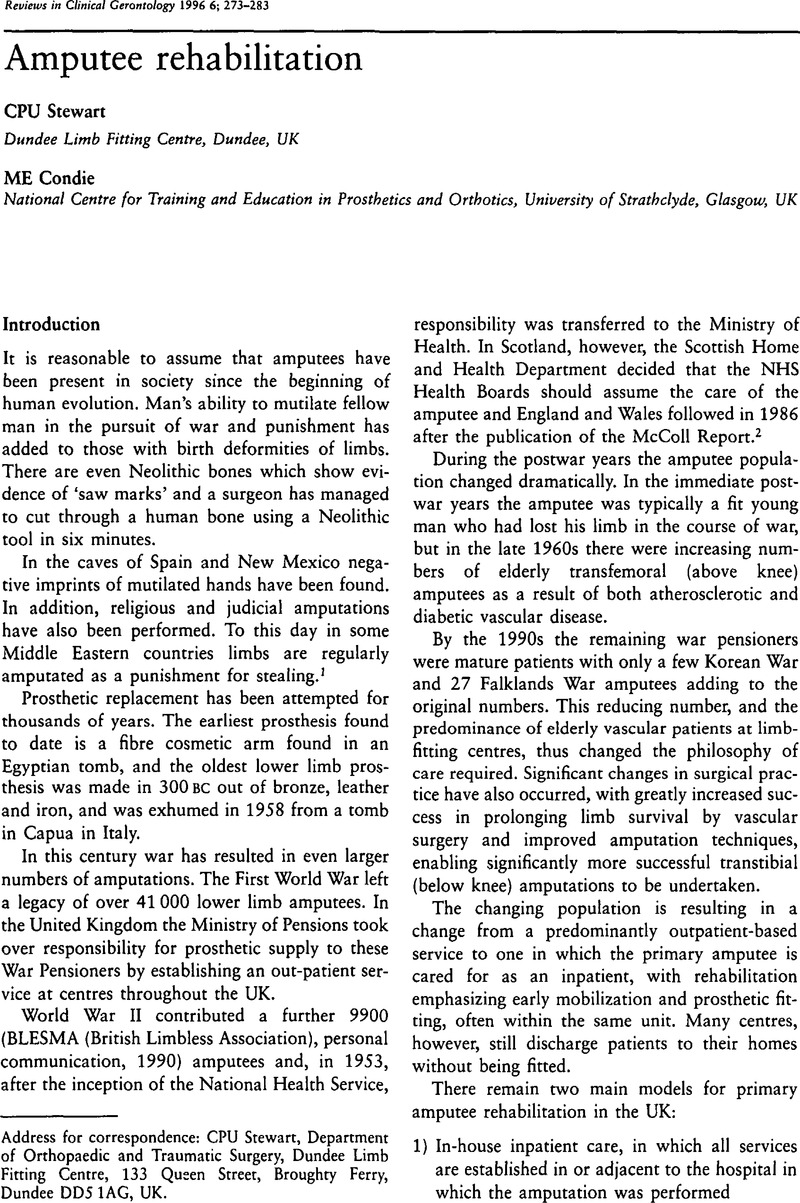Crossref Citations
This article has been cited by the following publications. This list is generated based on data provided by Crossref.
Imam, Bita
Miller, William C.
Finlayson, Heather C.
Eng, Janice J.
and
Jarus, Tal
2017.
Incidence of lower limb amputation in Canada.
Canadian Journal of Public Health,
Vol. 108,
Issue. 4,
p.
374.



